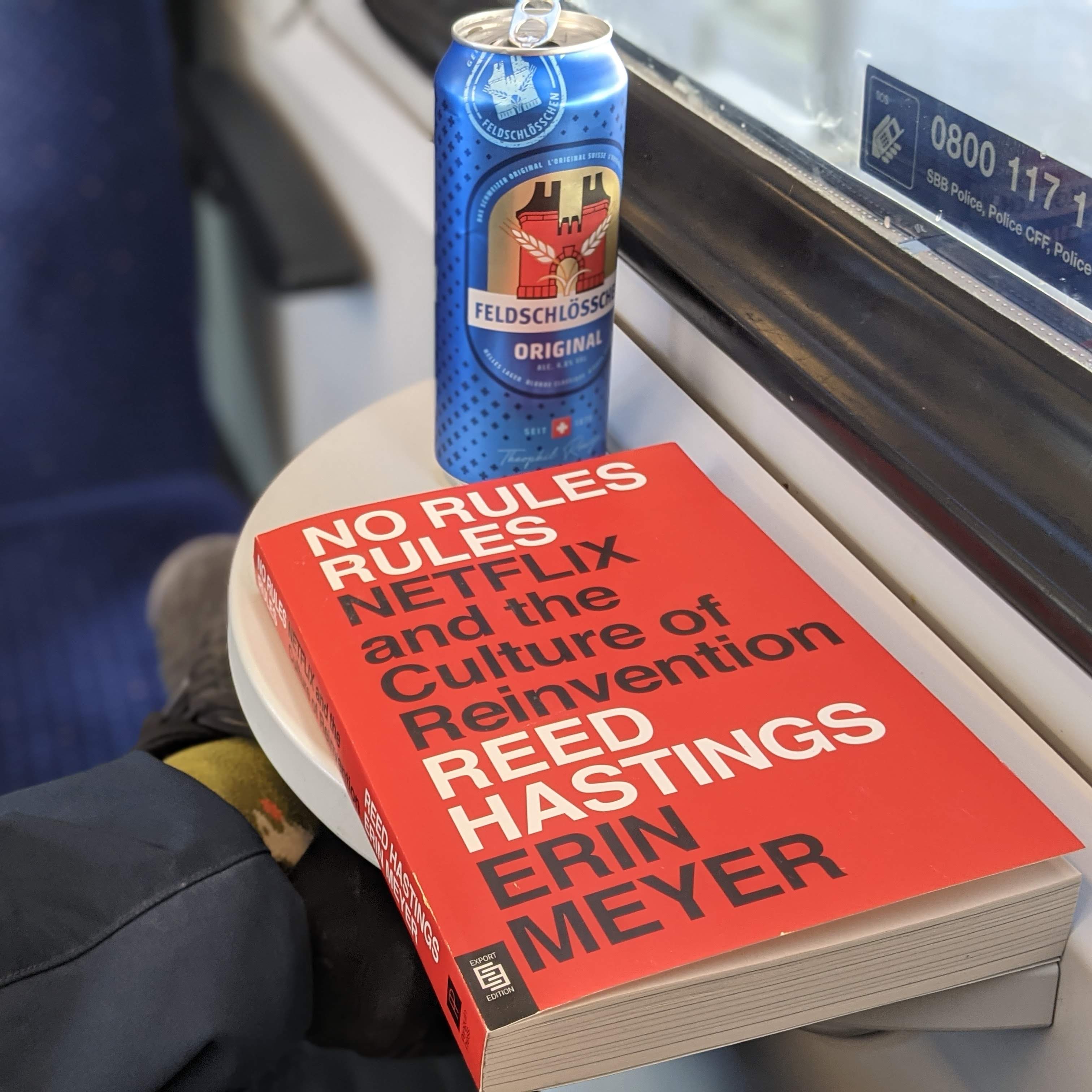No Rules Rules: Netflix and the Culture of Reinvention
Last Blog | Index | Next Blog
Books | Project Ninety | Training | Veronica persica
20 March 2022
When I started Reed Hastings book about Netflix and I saw he had a co-author Erin Meyer and they each wrote I sections I immediately thought that this would be another book like Softwar, where Matthew Symonds tries to write the history of Oracle while Larry Ellison writes rebuttals to every chapter. That was truly annoying, but fortunately No Rules Rules is nothing like that! Hastings and Meyer are collaborative in telling the story of Netflix's culture and how it developed, while each retains their own voice in the sections they wrote. The book really comes off like a conversation and a how-to guide for recreating the Netflix culture in businesses with similar characteristics. It's so well organized that the table of contents really outlines the book:
- First Build Up Talent Density
- Then Increase Candor - Say what you really think with positive intent
- Now Begin Removing Controls - Remove vacation policy, travel and expense approvals
- Fortify Talent Density - Pay top of market
- Pump Up Candor - Open the books to all employees
- Now Release More Controls - No decision-making approvals needed
- Max Up Talent Density - The Keeper Test
- Max Up Candor - A circle of feedback
- And Eliminate Most Controls - Lead with context not control
- Bring It All to the World!
Hastings starts off describing a happy accident during the dotcom bust where Netflix had to lay off a third of their employees and found they were able to handle more business with the two thirds they had left because now they had a higher talent density. They then go on to describe the 4A guidelines for feedback. When giving feedback Aim to assist and make it Actionable. When receiving feedback show you Appreciate it and then Accept or discard it. This really encapsulates what great feedback looks like. Once they had a high talent density and good feedback in place they started removing policies beginning with vacation and work expenses. One this I've experienced personally at start-ups without a vacation policy is that people don't take vacations. Hastings saw this happen in parts of Netflix as well and outlines how critical it is for leaders to set a good example by taking vacation time to escape and reset. The creativity bump afterward has led to some of the innovations at Netflix.
My main criticism of the book is its inapplicability to many companies an industries. This really goes into overdrive with the idea of paying top of market. It just doesn't make sense in so many industries outside of software, where two cheap employees can often accomplish more than one expensive one. Eventually the authors handle this by explaining in their business innovation is more important than preventing errors, and some software engineers really are ten times better than others. Opening the books to all employees, however, is a really great way to keep everyone focused on the bottom line - something applicable to for-profit companies everywhere. On the other hand having no decision making approvals really depends on the high talent density that just isn't economic in every business.
The third section of the book talks about the keeper test - managers ask themselves if they would fight to keep an employee who said they were leaving and, if the answer is no, then to give them a generous severance now. This seems like a Jack Welch level of harshness, but in their culture of candor it seems to work and because not every group is dropping their lowest performers it doesn't lead to backstabbing. Hastings says the proper analogy for a business is a team, not a family. If you can get a better right fielder then replace the one you have, even if they're good. The feedback loops and leading with context rather than control are more generally applicable however.
The last section on going global focuses a great deal on how Netflix's culture is out of step with places they have international offices and some of the ways they're adjusting the culture accordingly. This aspect seems to be an incomplete work in progress, but the chapter also serves as an advertisement for Erin Meyer's earlier book. Overall this book is an important contribution to the literature on Silicon Valley's business model and definitely worth reading.

